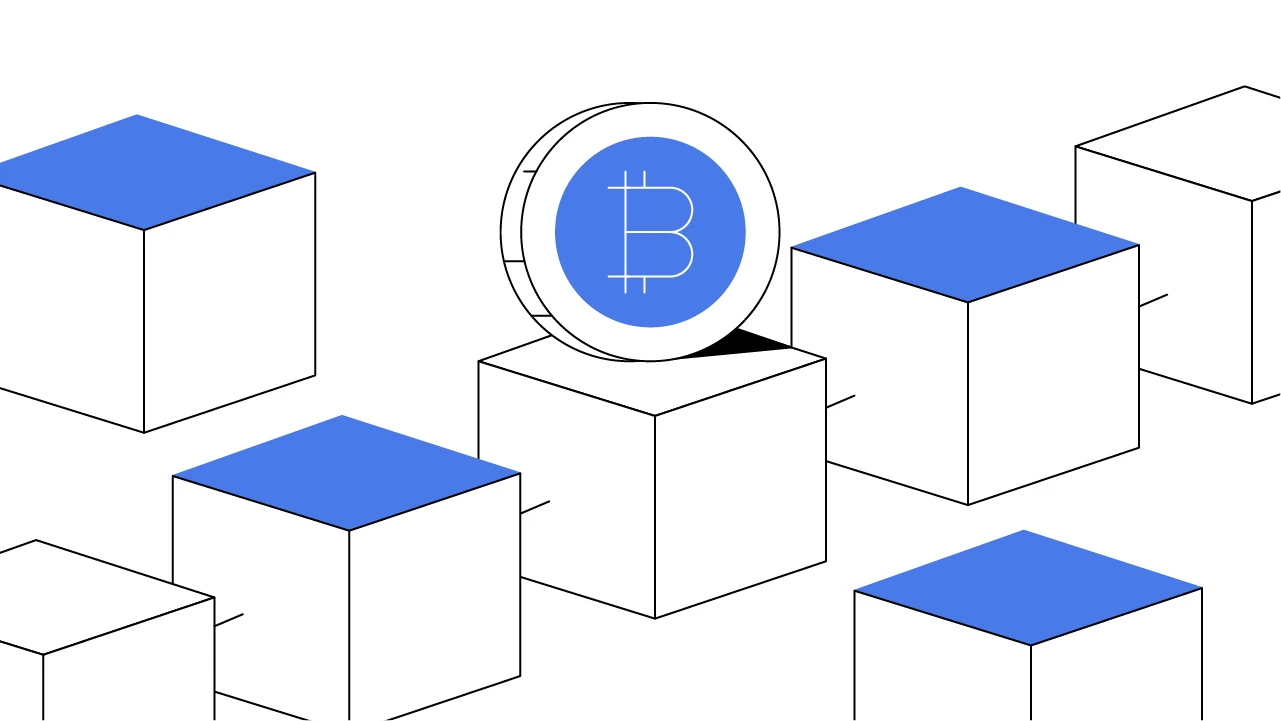What Are Bitcoin Runes?
Learn what Bitcoin Runes are, how they differ from Ordinals, and the opportunities they enable.
Updated December 12, 2024 • 1 min read

Summary
Bitcoin Runes further expand the capabilities of the Bitcoin blockchain, by allowing the creation of unique tradable assets. This article will dive into what Runes are, how they differ from Ordinals, and the functions they enable.
What Are Bitcoin Runes?
The Runes Protocol, developed by Casey Rodarmor (the developer of Bitcoin Ordinals), enables the creation and management of fungible tokens directly on the Bitcoin blockchain. By utilizing a component of Bitcoin transactions called Unspent Transaction Output, Runes offers a more efficient alternative to traditional token standards by minimizing the space required on the blockchain.
This protocol extends Bitcoin's functionality, allowing users to generate various types of fungible tokens like loyalty points, currencies, or fractional ownership of assets, significantly broadening Bitcoin's application. By using Runes, Bitcoin transactions can effectively be turned into a means of storing other forms of value, beyond the value of the transaction itself.
How Do They Differ From Bitcoin Ordinals?
Bitcoin Runes and Ordinals are quite similar, but have a few key differences. Ordinals inscribe data directly onto individual satoshis, creating a means of logging unique pieces of data on the blockchain. This can be artwork, audio, or a representation of a real-world asset, similarly to how NFTs function on Ethereum and other networks.
Runes, on the other hand, make use of the otherwise unused blockspace involved in facilitating a Bitcoin transaction, allowing for fungible tokens to be transferred and stored. They are considered to be a Bitcoin equivalent of Ethereum’s fungible ERC-20 tokens, which has given rise to them being referred to as ‘BRC-20’ tokens. Runes also make use of Bitcoin’s in-built security measures inherent to its transaction process, whereas Ordinals use a third-party protocol to make inscriptions.
The main distinction between Ordinals and Runes is that Runes use less blockspace by using Bitcoin’s existing transaction system, and are more suited for the creation of fungible tokens. Ordinals, on the other hand, implement an NFT-esque approach using inscription methods.
What Do Bitcoin Runes Enable?
By making use of the unused space contained within Bitcoin transactions, Runes can add much greater functionality and value to the Bitcoin network. Below are just a few examples of Bitcoin Runes’ varying use cases.
DeFi Opportunities
Runes introduces potential for increased decentralized finance (DeFi) to take place on Bitcoin. Due to its ability to create fungible tokens using existing Bitcoin infrastructure, Runes are well-suited for creating platforms for lending, yield products, and other DeFi initiatives.
Digital Collectibles and NFTs
While Ordinals is more closely associated with Bitcoin-based NFTs, Runes can also facilitate proof of ownership of digital collectables. It provides a transparent and secure means for collectables and artwork to be digitally recorded/created, and associated with specific wallets or users.
Asset Tokenization
Runes can also serve as a framework for tokenizing real-world assets like real estate and commodities – allowing for fractional ownership and simpler means of transfer of ownership. Runes could enable a real-world property to have fractionalised ownership through the fungibility of Runes, enabling multiple investors to hold ownership stakes.
Enhancing and Creating Liquidity Pools
By creating fungible value, Bitcoin Runes can also contribute to the formation of liquidity pools, or enhancing existing ones. Runes can allow for greater fluidity of trading across the Bitcoin network, which is typically thought of as less suitable for DeFi and NFTs than other more smart contract- focused chains like Ethereum.
Through these select applications and more, Runes offer the Bitcoin network greater functionality and broadens its capabilities far beyond traditional crypto transactions. From enabling DeFi applications to supporting tokenized assets and digital collectibles, Runes bring much-needed versatility to the original cryptocurrency. As adoption grows, they may play a pivotal role in the evolution of the Bitcoin network, strengthening its relevance in the ever-expanding world of digital finance and blockchain technology.
Cryptopedia does not guarantee the reliability of the Site content and shall not be held liable for any errors, omissions, or inaccuracies. The opinions and views expressed in any Cryptopedia article are solely those of the author(s) and do not reflect the opinions of Gemini or its management. The information provided on the Site is for informational purposes only, and it does not constitute an endorsement of any of the products and services discussed or investment, financial, or trading advice. A qualified professional should be consulted prior to making financial decisions. Please visit our Cryptopedia Site Policy to learn more.

Is this article helpful?


